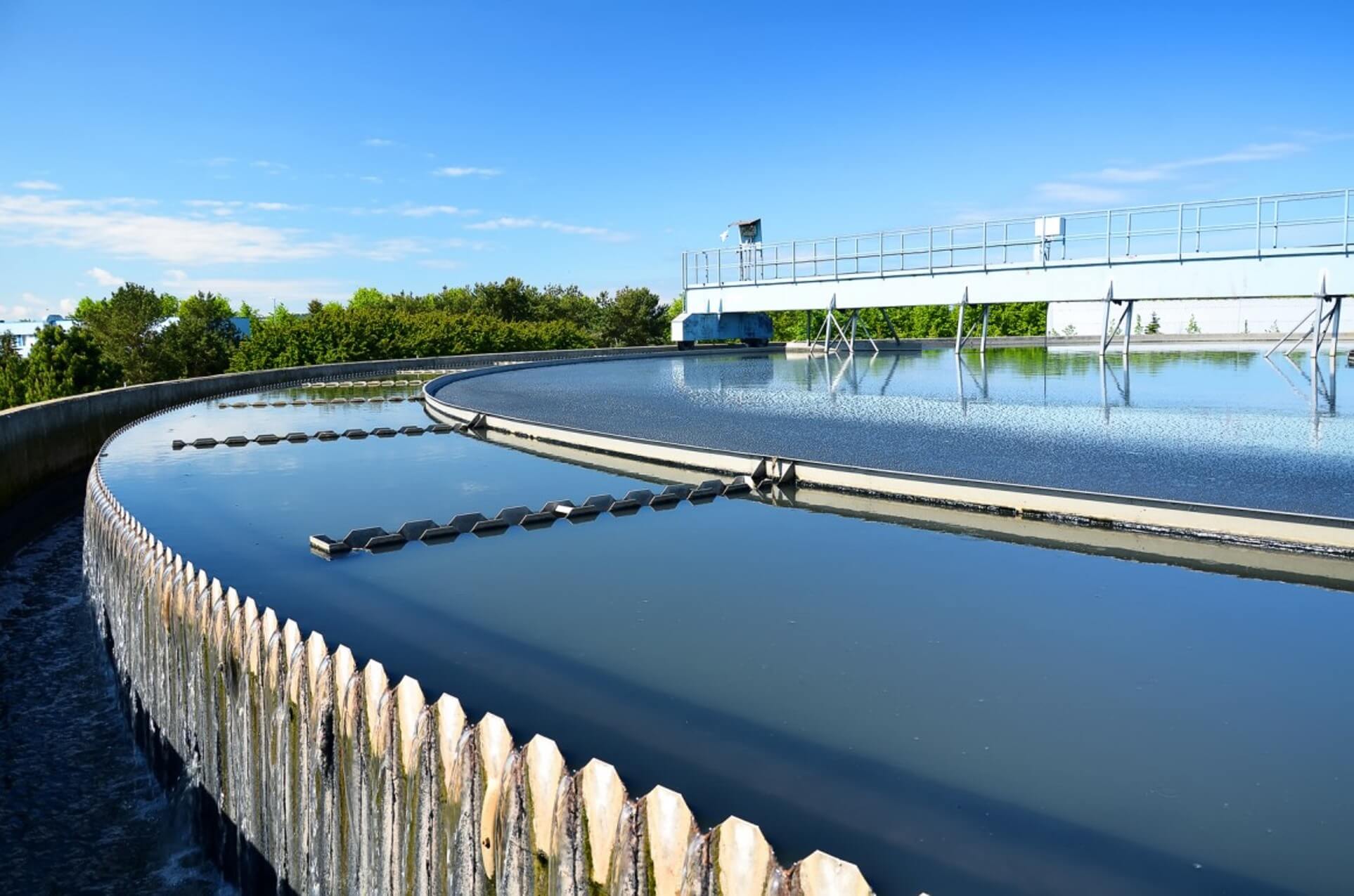One of the largest wastages on earth needn’t be wasted at all. Sewage sludge is often disposed of in landfills, even though it contains tons of valuable phosphate. Scientists have now found a way to extract this plant fertiliser ingredient from the putrescent slurry.
Phosphate is an important nutrient for all living organisms. It is a major ingredient of fertilisers. Phosphate rock, the main source of phosphate in our society, is a finite resource. “How strange it therefore is that we do not reuse this resource,” says Dr Philipp Wilfert.
For his Phd research, which he defended earlier this month at TU Delft (Faculty of Applied Sciences), Wilfert and colleagues developed a technique that uses magnets to remove the phosphate from sludge.
“Most phosphate we consume ends up in sewage treatment plants,” says the Delft scientist, who performed part of his research at the Wetsus research institute in Leeuwarden, in the north of the country. “Here, it is removed from the sewage to avoid environmental damage in effluent receiving waters.”
The majority of sewage treatment plants dose the water with iron salts to remove the phosphate. The iron binds the soluble phosphate and transforms it into insoluble iron phosphate precipitates which end up in sewage sludge. “This technique is over 50 years old. Throughout this time, the kind of iron phosphate precipitates which form has never really been investigated.”
X-ray diffraction, Mössbauer spectroscopy and electron microscopy showed that most of the phosphate in sewage sludge is bound in the iron phosphate mineral, vivianite.


Vivianite is a blue mineral that is also used by artists. The Delft master painter, Johannes Vermeer, for instance, was a keen user of this pigment. Besides in sewage sludge, this mineral is also present elsewhere, like in peat for example.
Native American painters also use the pigment. An artist from the US made a painting with it – an abstract depiction of a man – for the cover of Wilfert’s dissertation.“The vivianite from this painting originated from a sewage treatment plant”, says the Delft researcher. “It was found as a scaling in pipes in the sewage plant Venlo.”
What’s nice about this mineral, besides its baby blue colour, is that it is ferromagnetic. It can be retrieved from the sludge by magnets, using equipment that is already well established in the mining industry. “Using a small set-up, we achieved a 60 percent retrieval rate. I think that we can increase this percentage even further in a pilot plant.”
Once separated, vivianite can be dissolved with potash lye to produce a liquid potassium phosphate fertiliser. During the dissolution of vivianite, iron oxides, that can be used to produce iron salts, are formed. These salts can then be reused for phosphate elimination in the sewage treatment plant.
The process has been patented and will be tested by Wetsus at the pilot scale as part of an EU funded project sometime in the next two years.
Philipp Wilfert performed his Phd research ‘Phosphate Recovery From Sewage Sludge Containing Iron Phosphate’ (defense on April 4) under supervision of/with help from Prof Mark van Loosdrecht (Department Environmental Biotechnology), Prof Geert-Jan Witkamp (Environmental Biotechnology), Prof Peter Rem (Rescources and Recycling) and Leon Korving (Wetsus).
Do you have a question or comment about this article?
tomas.vandijk@tudelft.nl


Comments are closed.